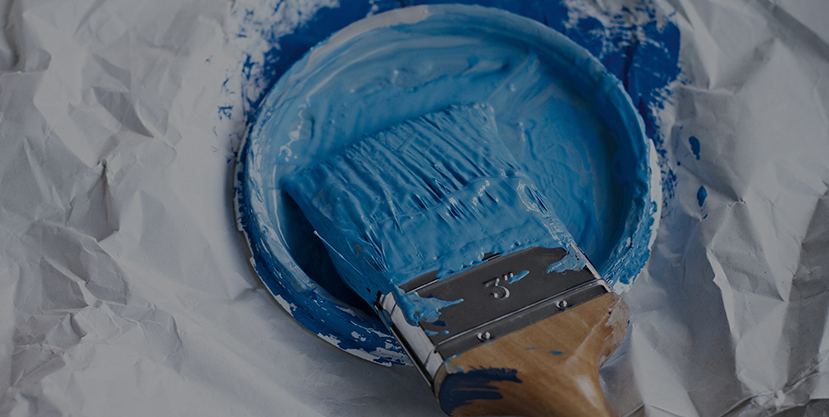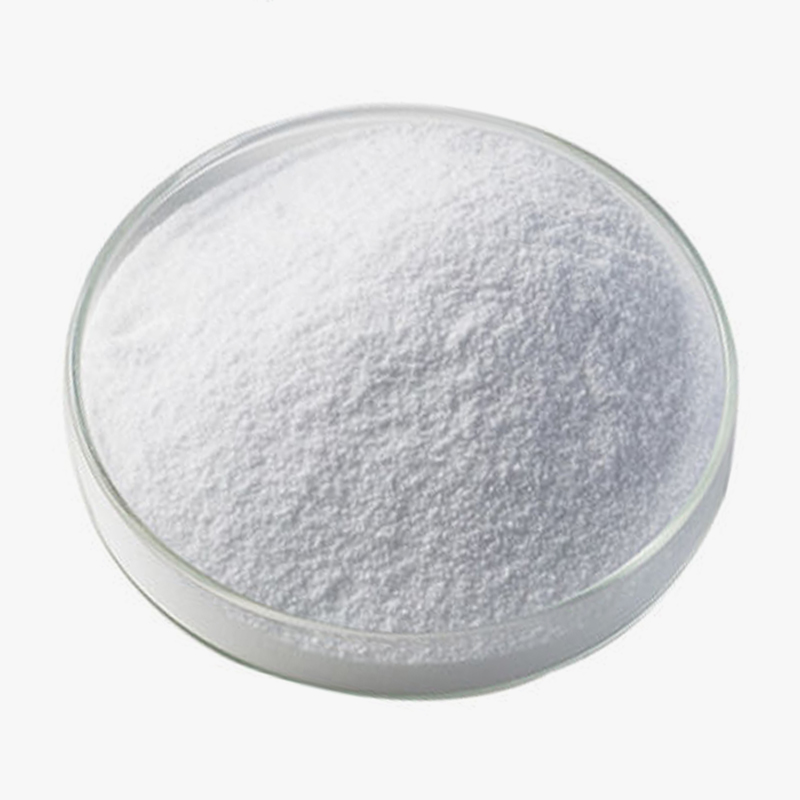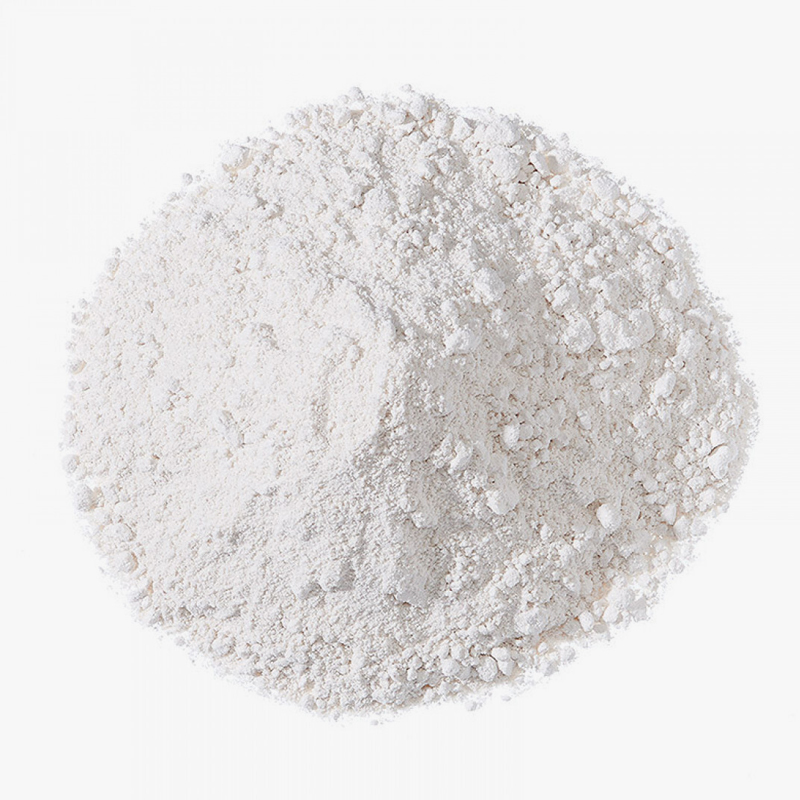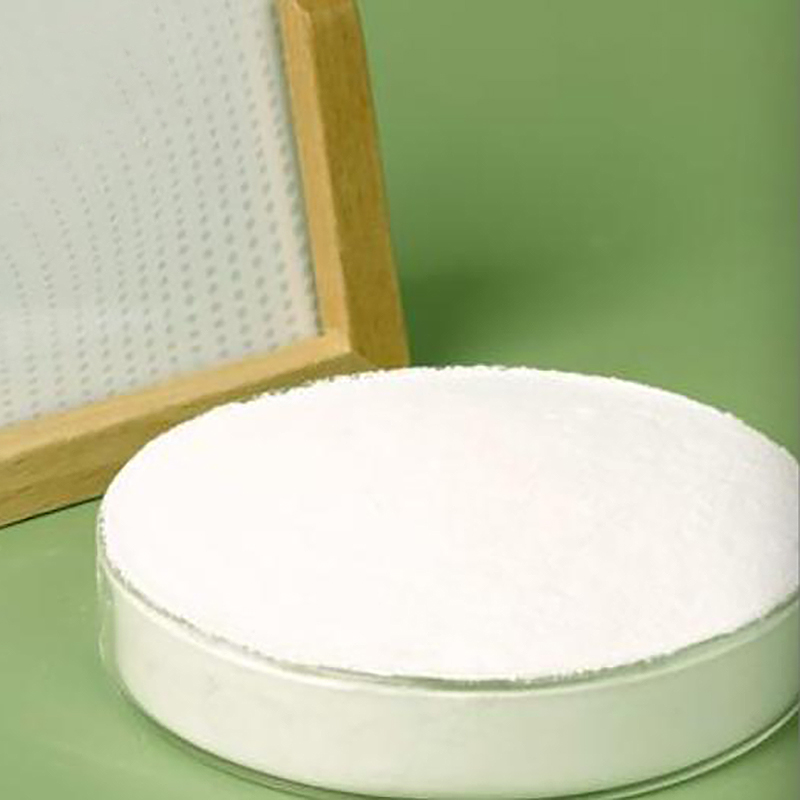Content
1. What is hydroxyethyl methylcellulose coating?
Hydroxyethyl methyl cellulose (HEMC) coating is a water-based coating using hydroxyethyl methyl cellulose as its primary functional additive. HEMC's thickening, water-retention, and film-forming properties significantly enhance the coating's application performance and final appearance. HEMC is a semi-synthetic polymer derived from natural cellulose through etherification.
In food processing, hydroxyethyl methyl cellulose has multiple functions, including binding, emulsification, film-forming, thickening, suspension enhancement, dispersion promotion, and water retention. In the daily chemical industry, it is used as an additive in products such as toothpaste, cosmetics, and detergents. Hydroxyethyl cellulose is widely used in pharmaceutical formulations, including oral tablets, suspensions, and topical preparations.

2. The function of hydroxyethyl methylcellulose (HEMC) coating
Core Functions
Thickening and Rheology Control
Three-Dimensional Network Structure: HEMC forms a polymer network upon dissolution, significantly increasing paint viscosity (up to 150,000 mPa·s) and preventing the settling of fillers (such as titanium dioxide and calcium carbonate).
Shear-Thinning Properties: Viscosity decreases during stirring (facilitating application) and returns to high viscosity after standing (preventing sagging), making it particularly suitable for spraying on vertical surfaces.
Yield Value Adjustment: Adjustable addition level (0.2%-0.8%) allows for adaptability to different application methods (such as brushing, roller coating, or spraying).
Water Retention and Extended Open Time
Water Locking: HEMC's hydroxyethyl chains strongly bind to water molecules, achieving a 24-hour water retention rate of >95%, significantly delaying paint drying.
Cement-Based Coating Optimization: In tile adhesives and putties, it prolongs the hydration time of cement (open time up to 40 minutes), preventing cracking.
Improved Application Performance
Improved Leveling: Reduces surface tension, eliminates brush and roller marks, and creates a smoother paint film. Anti-spatter: Compared to HPMC (hydroxypropyl methylcellulose), the hydrophobic groups in HEMC reduce atomization and dispersion during spraying.
Enhanced Adhesion and Film Formation
Substrate Wetting: Improves the coating's penetration into porous substrates (such as concrete and gypsum board), enhancing adhesion (increasing pull-off strength by 20%-30%).
Film Densification: Reduces microcracks caused by drying shrinkage through uniform water evaporation.
Specific Functions in Different Coating Systems
|
Paint Types |
HEMC's Core Contribution |
|
Latex Paint |
Prevents water separation, improves storage stability, and ensures smooth application (viscosity 10,000-50,000 mPa·s) |
|
Cement-based Waterproof Coating |
Delays drying, prevents cracking, and enhances crack bridging (addition level 0.3%-0.6%) |
|
Textured Mortar |
When compounded with cellulose ether, supports thick coatings (3-5mm) without dripping and maintains uniform particle distribution |
|
Industrial Waterborne Paint |
Provides high shear and low viscosity (for good spray atomization), and high viscosity after standing to prevent sagging (suitable for automotive and metal anti-corrosion coatings) |
HEMC's irreplaceable advantages
- Compared to traditional thickeners (such as CMC and HEC), HEMC offers advantages in the following applications:
- High salt tolerance: Suitable for colored mortars containing electrolytes.
- Thermal stability: Gel formation occurs only above 65°C, making it suitable for outdoor projects in summer.
- Biological stability: Hydrophobic methyl groups reduce the risk of mildew (passes ISO 22196 antibacterial testing).
3. Precautions for Using Hydroxyethyl Methyl Cellulose (HEMC) Coatings
Dissolution and Preparation
Dissolution Method
Cold Water Dispersion: First, dry-mix with powders (such as titanium dioxide and fillers) until uniformly distributed. Then, slowly add cold water (20-25°C) to avoid direct mixing, which may cause clumping.
Stirring Requirements: 800-1200 rpm for 15-20 minutes until completely dissolved (no transparent gel particles remain).
Station Activation: After dissolution, allow to stand for 30 minutes to stabilize the viscosity (pH should be adjusted to 8-10).
Dissolution Taboos
Do not use hot water (above 40°C will accelerate dissolution and cause clumping).
Avoid direct mixing with high-concentration electrolytes (such as CaCl₂) (pre-dilution is required).
Application Environment Control
Temperature and Humidity Management
Temperature Range: 5-35°C (Dissolution is slow below 5°C; add 1%-2% propylene glycol for antifreeze).
Humidity Limit: Relative Humidity <85% (In high humidity environments, reduce the HEMC dosage by 0.1%-0.2% to prevent skinning).
Substrate Treatment
Porous substrates (concrete, gypsum) must be pre-wetted (no visible water) to prevent moisture retention in the HEMC, which can lead to dehydration and cracking of the coating.
Formulation Compatibility
Compatibility with Other Additives
Defoamer: Add after HEMC is dissolved (mineral oil at 0.1%-0.3%)
Latex Emulsion: Add the HEMC solution first, then slowly add the emulsion (to prevent flocculation)
Inorganic Binder (cement/gypsum): HEMC must be mixed thoroughly while still in the dry powder stage
Prohibited Combinations
Strongly Acidic Systems (pH < 4 will degrade HEMC)
High Concentration Oxidants (e.g., ammonium persulfate)
Application Techniques
Viscosity Adjustment
Spraying: Use low-viscosity HEMC (10,000-30,000 mPa·s) or reduce the addition level (0.1%-0.3%)
Scrape Coating: Use high-viscosity HEMC (80,000+ mPa·s) at 0.5%-0.8%
Coating Interval
Apply to the next coat after surface dryness (approximately 1-2 hours). The actual drying time should be adjusted based on water retention.
Storage and Maintenance
HEMC Dry Powder Storage
Store sealed in a cool, dry place (humidity <60%). Shelf life: 2 years.
If lumps form, do not use directly; pass through an 80-mesh sieve.
Finished Paint Storage
Add a preservative (such as 0.1% BIT) to prevent mildew. Store at 5-30°C.
If the viscosity drops by more than 10%, add additional HEMC (dissolve first, then add).
Safety Precautions
Handling Precautions
Wear a dust mask (dry powder is harmful if inhaled).
Rinse immediately with water after contact with skin (may cause mild irritation).
Waste Disposal
Dispose of solidified paint as general industrial waste. Uncured paint must be diluted before disposal (COD must meet standards).
Frequently Asked Questions
|
Problem Symptom |
Cause Analysis |
Solution |
|
Paint delamination |
Insufficient HEMC dissolution |
Extend stirring time or increase speed |
|
Cracking after drying |
Excessive water retention/rapid substrate water absorption |
Reduce HEMC dosage or pre-wet substrate |
|
Poor spray atomization |
Excessive viscosity |
Change to lower-viscosity HEMC |
|
Viscosity decreases after storage |
Microbial degradation |
Add HEMC and enhance the corrosion protection system |

 简体中文
简体中文 English
English русский
русский عربى
عربى Español
Español









